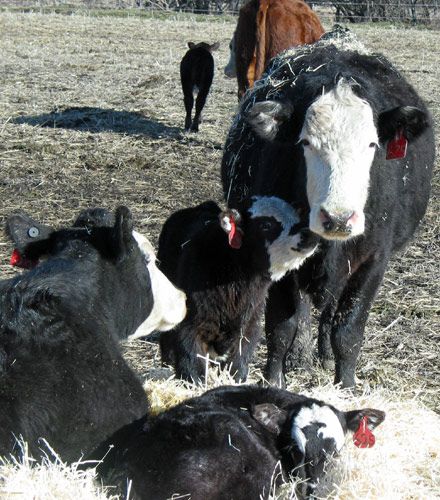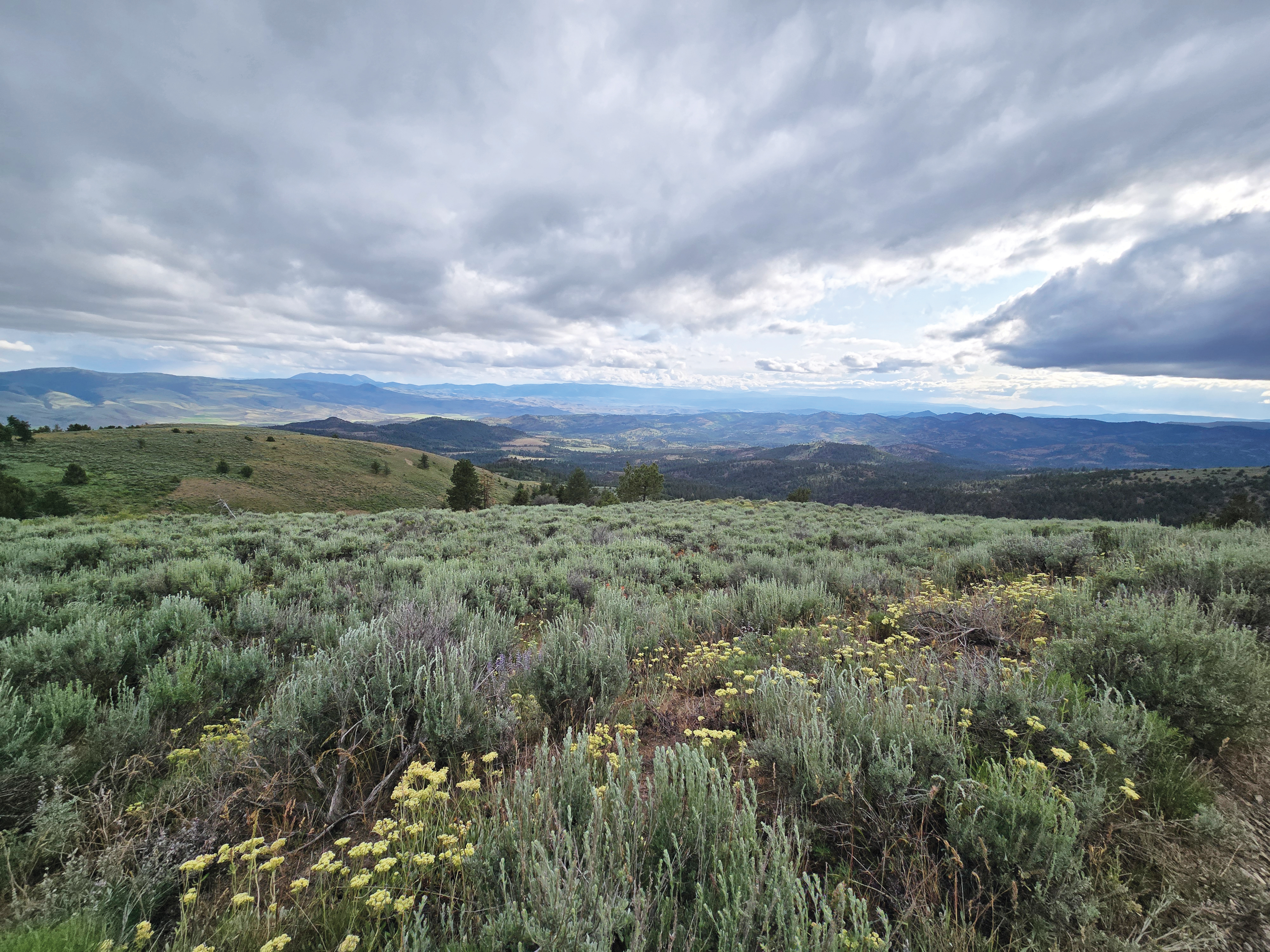Babying Babies – Spring calving for first-timers
Published 12:36 pm Saturday, March 8, 2008

- MOTHER UP: Though junior steer does his best and cutest nudging to capture momâs attention, she is mesmerized by the paparazzi. - Photos/Mardi Ford
COVE – first-time mommas need extra help no matter what species they are.
This spring, Jim Murchison has about 25 pairs of brand new mommas and their bovine babies pastured right across from his house on Highway 237 near Cove.
While the older, experienced cows may only need checking on a couple of times a day during calving, first-year heifers need more attention. First thing in the morning, last thing at night and several times in between around the clock, says Murchison, president of the Union County Cattlemen.
Although most take to it naturally, once in a while a first-year heifer comes along that needs a little more hands-on help. As mothers, first-time heifers are untested, their capabilities are as yet unknown to the cattleman who keeps a close eye.
“People may call them dumb, but they’re pretty smart really. When the calf is first born, its smell is imprinted on the mother. She can pick her baby out of all the other calves just by the smell,” Murchison says. Also fascinating is what happens if they become separated and can’t immediately find each other.
For example, when out on the range or during a cattle drive, if they get separated from their mothers, calves will go back to the last place they nursed and wait. And so will the mommas.
“You go looking for ’em, and you’ll find them together. If not, just wait a bit and here comes the other one,” Murchison says.
Feeding first-year heifers also requires a little more care.
For one thing, Murchison says, they’re still growing and need more nutrients -a better quality of feed -than cows need.
“And now they’re lactating,” Murchison adds.
So, he supplements his first-year heifers with a special feed blending 14 vitamins and minerals formulated specifically for the Pacific Northwest. Murchison has also placed a buffet of nice green alfalfa, barley straw and fine fescue grass in separate feeders around the first-year’s pasture.
“I just put it out there and let them eat what they want,” he says.
By mid-morning a few heifers and even a couple of the older calves are still congregating around the different feeding stations. Most have chosen to mother up then bed down in some nice, clean straw for a little digestive snooze in the sun.
Last May these Angus/Hereford/Simmental-cross heifers were pasture bred to Murchison’s Angus bulls. The first calf was born Feb. 10, during the peak of one of the worst winters Murchison says he’s seen since 1996.
“If we looked over there at those cows,” he points to a field across the crick where cows and their calves are pastured, “I could show you a couple ears with the tips missing from frostbite. That’d be a ’96 calf.”
When this winter was bitterly cold and windy, Murchison moved his newborn calves into the barn to dry off and warm up. For those who needed a boost, he fed colostrum to enhance their immune systems.
The calves were also tagged -heifers in the left ear, bulls in the right – for identification, and each was given a multivitamin and mineral shot. Murchison also bands the little bull calves at this time rather than castrating them later.
“I just think it’s less stressful on them than castrating them at branding,” he says.
Once they’re back with their mommas, the heifers instinctively know how to keep their calves as warm and protected as possible. Murchison says the mothers move around until their backs are to the wind and they’re standing between it and their babies for a wind break.
This longtime rancher takes such conscientious care of his animals that it frustrates him to hear about mistreatment. He shakes his head in disgust.
“Ninety-nine percent of people take good care of their animals. Then there’s that one percent that don’t and they make the whole industry look bad,” he says, referring to the recent beef recalls.
The pastoral scene at Murchison’s place on this bright springlike morning makes the ugliness of a greedy few seem a long ways away. Other passers-by can’t help but gawk or even pull up to watch the simple, spring ritual of new calves at play. It happens a lot.
“I like for people to see these good, healthy calves. But I told my wife, I hope we don’t cause a wreck,” he says. After having open heart surgery in November, he adds, “It just makes it easier for me to have them right here.”
In May he will move them to open range until gathering in the fall. By then these first-year heifers will be cows, and some of their daughters will take their place as the first-year heifers.
“It’s the circle of life.” Murchison grins. “Isn’t that what they call it?”






